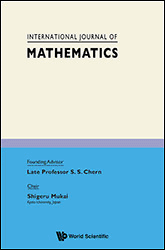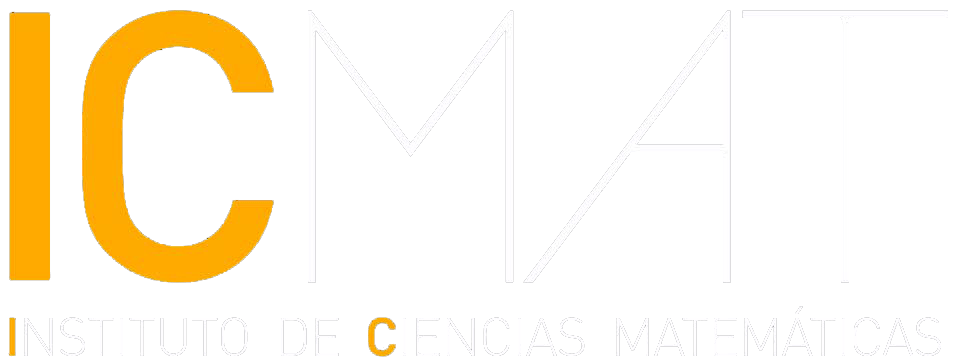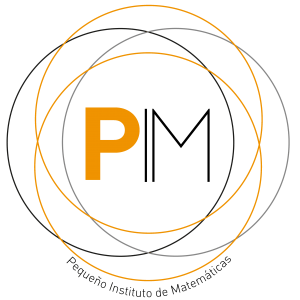Title: Yang-Mills Theory and Jumping Curves.
Author(s): Yasha Savelyev.
Source: INTERNATIONAL JOURNAL OF MATHEMATICS. DOI: 10.1142/S0129167X15500299
Date of publication: May, 2015.

Gauge Theories are a special type of field theories with certain properties of symmetry. They play a vital role in General Relativity, in partial differential equations and in many other current topics of research. The Yang-Mills Theory is of particular interest because it enables a unified description of the quantum theory of electromagnetic force, both strong and weak, to be made, and is also a fundamental part of the Standard Model. It is based on the semi-simple Lie group U(1) x SU(2) x SU(3).
Developments in this area have a markedly geometrical nature; indeed, its conception was possible thanks to the introduction of abstract mathematical notions such as fiber bundles, connections, etc. Furthermore, in the light of these new ideas, the physical perspective of this theory has led to very interesting mathematical discoveries, such as the theory of Donaldson invariants or the Atiyah and Bott reconstruction of classical results for moduli spaces of vector bundles on Riemann surfaces.
Yasha Savelyev, a post-doctoral researcher at the Institute of Mathematial Sciences (ICMAT), provides a new mathematical application of the Yang-Mills Theory in his article “Yang-Mills Theory and Jumping Curves”. Specifically, he employs the so-called Morse Theory of the Yang-Mills functional, which may be regarded as a semi-classical approximation to the Yang-Mills quantum theory for studying these so-called jumping curves.
Jumping curves constitute the simplest tool for understanding the structure of an important geometrical construction: holomorphic vector bundles. Holomorphic vector bundles over a complex projective line were classified by Birkhoff and Grothendieck. This classification is what gives rise to the study of jumping curves. The main initial results on jumping curves, appear in the work of Okonek, Schneider and Spindler and all these results are for the complex projective space. Now, Yasha Savelyev, researcher at the ICMAT, gives certain extensions of these results using Yang Mills theory.
In Savelyev’s article, published in the International Journal of Mathematics, the author provides a description of new types of algebraic manifolds for which non-trivial holomorphic vector bundles must have jumping curves. This result shows how the Yang-Mills Theory continues to provide interesting applications in mathematics.
About the author:
Yakov (Yasha) Savelyev (1980, Moscow, Russia) is a post-doctoral researcher at the ICMAT. He works in the field of symplectic and differential geometry; specifically, on the Gromov-Witten and the Floer Theory, and recently on the connections of these subjects with algebraic topology, particularly homotopical algebra. His research is connected to structures of modern physical theory, especially string theory. He also actively works in the field of Hofer geometry. Savelyev graduated in Mathematics from Stony Brook University (USA) and completed his doctorate at this same university under the supervision of Dusa McDuff. Since then he has been a post-doctoral researcher at the Mathematical Sciences Research Institute (MSRI – USA) and the Centre de recherches mathématiques at the University of Montreal (Canada).
http://www.icmat.es/yakov.savelyev


